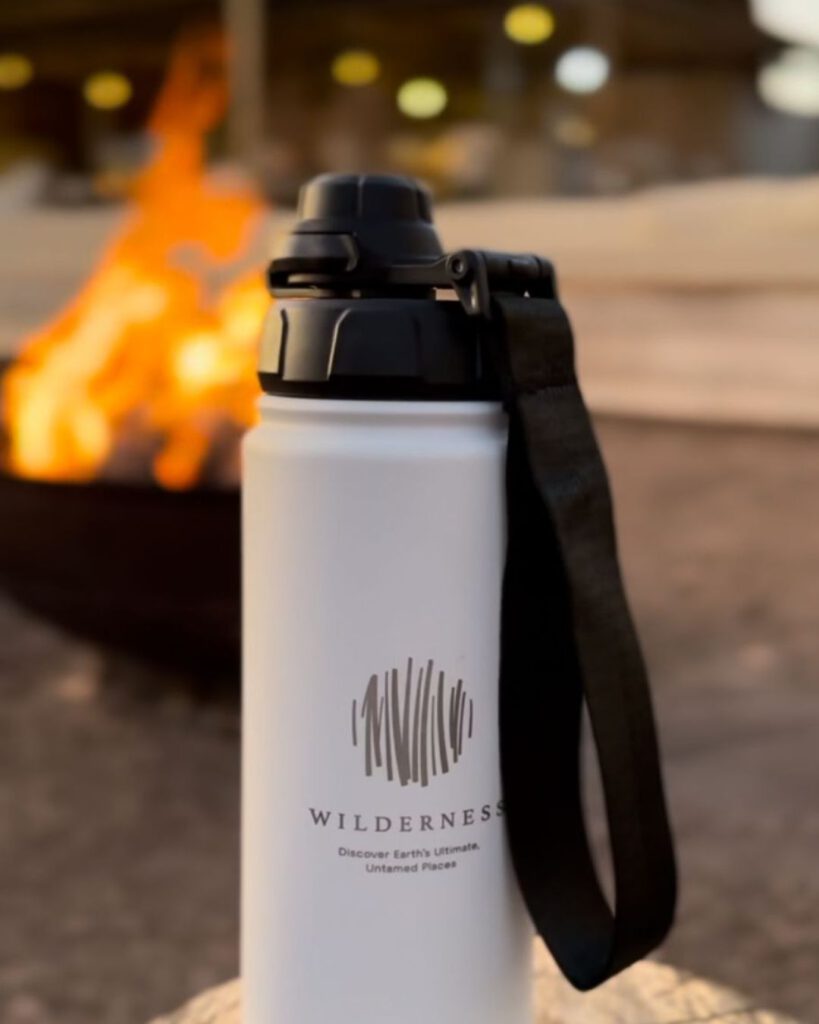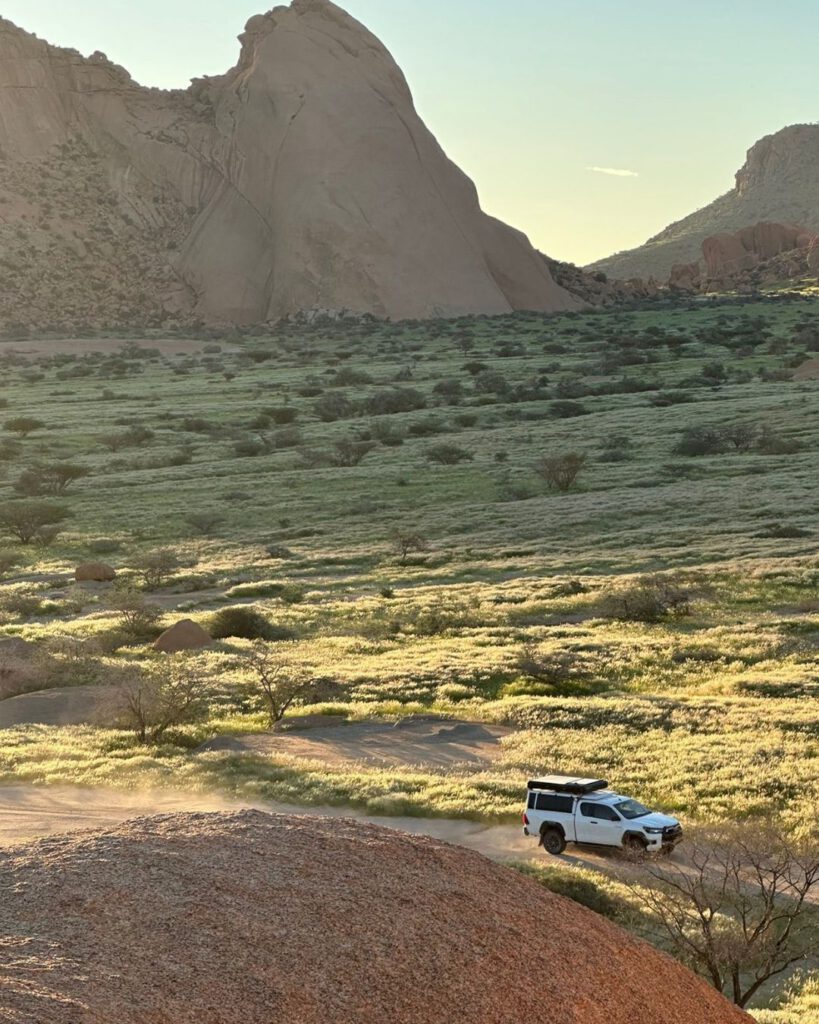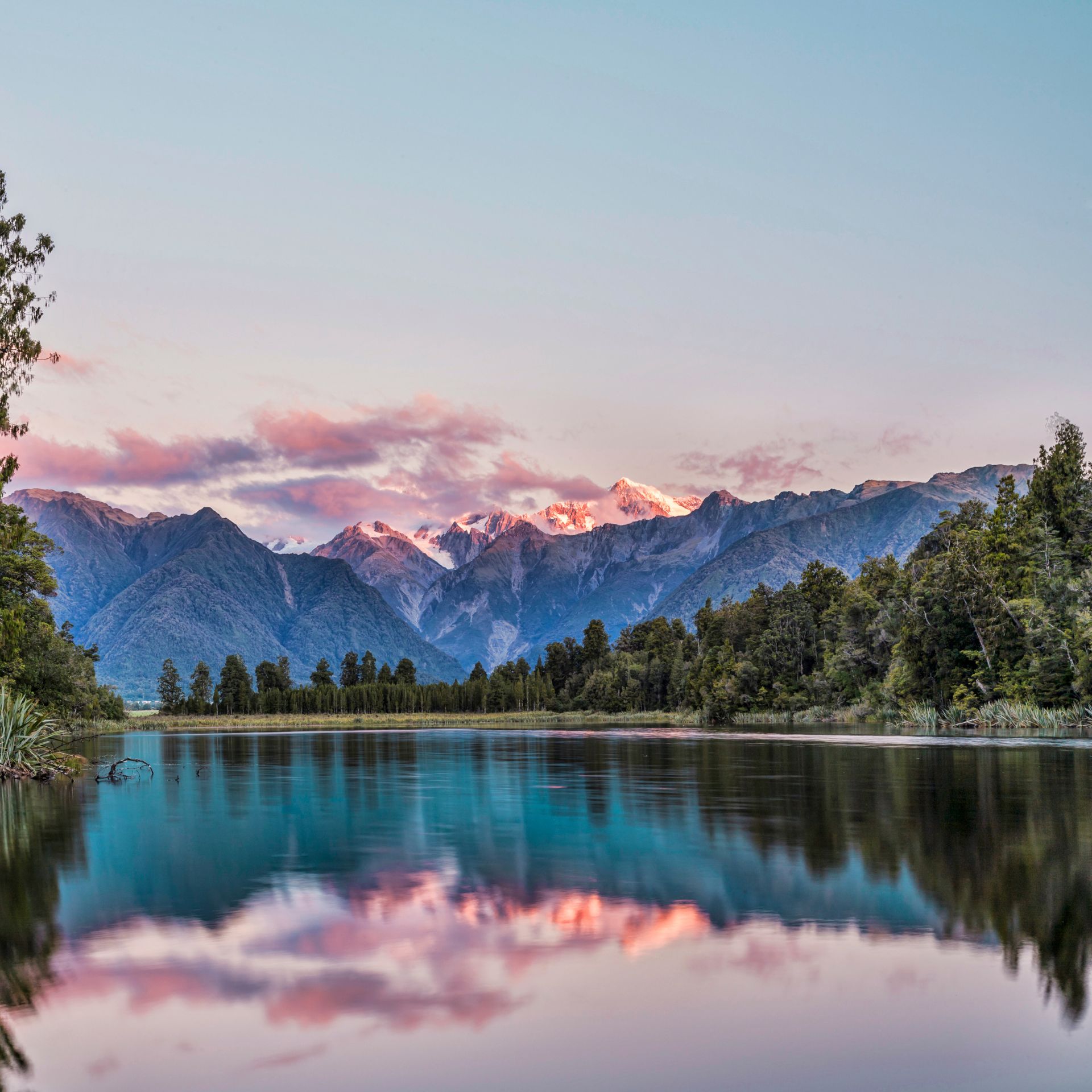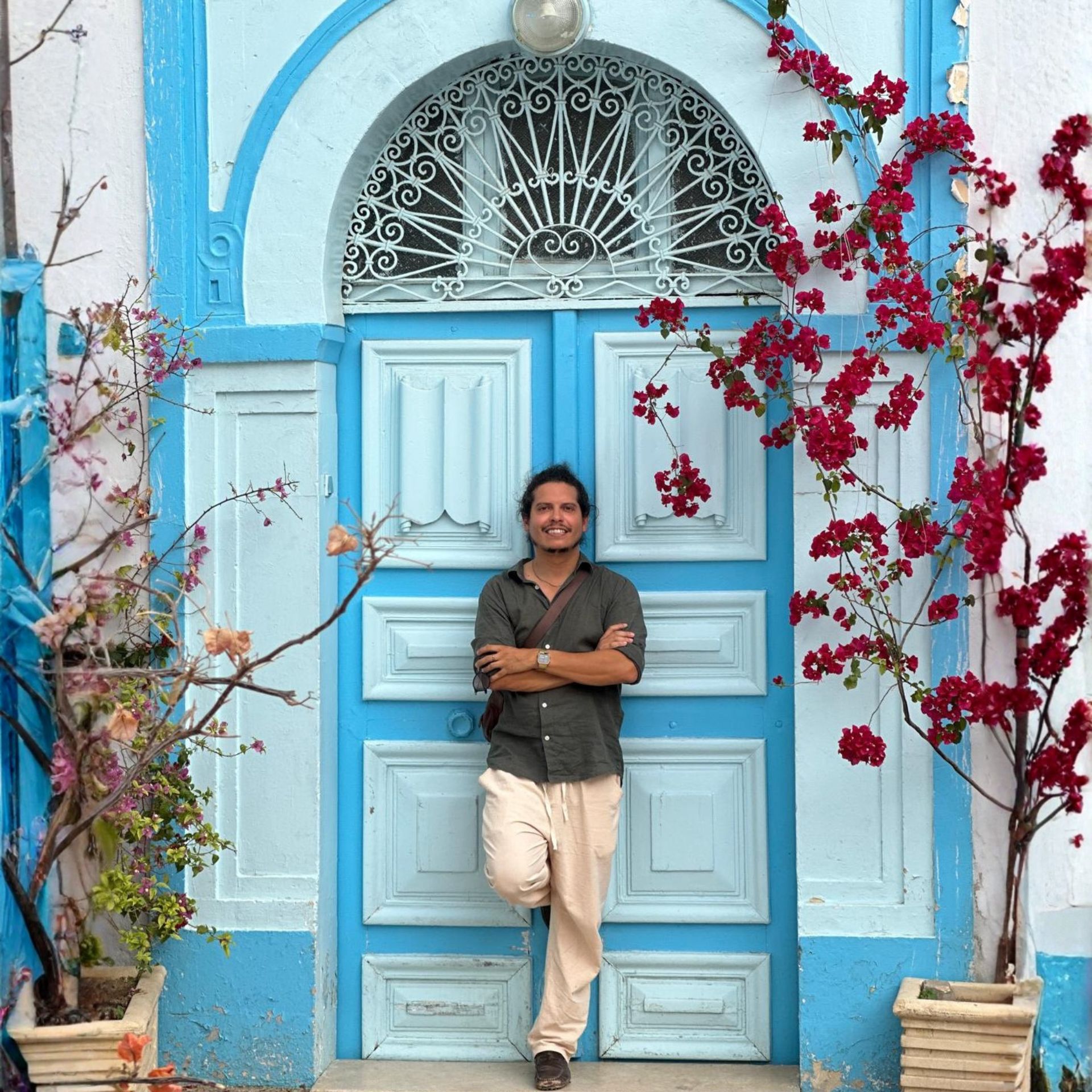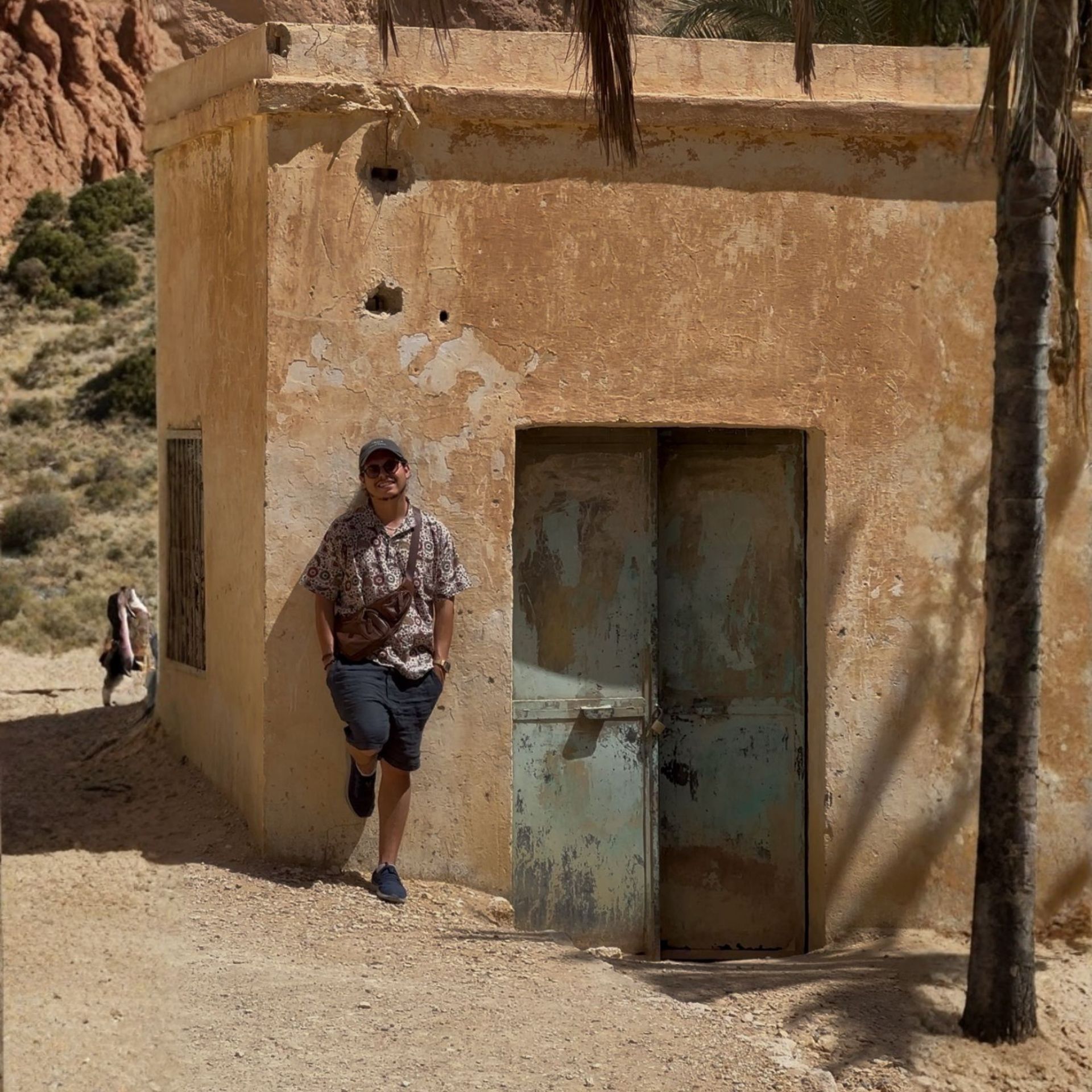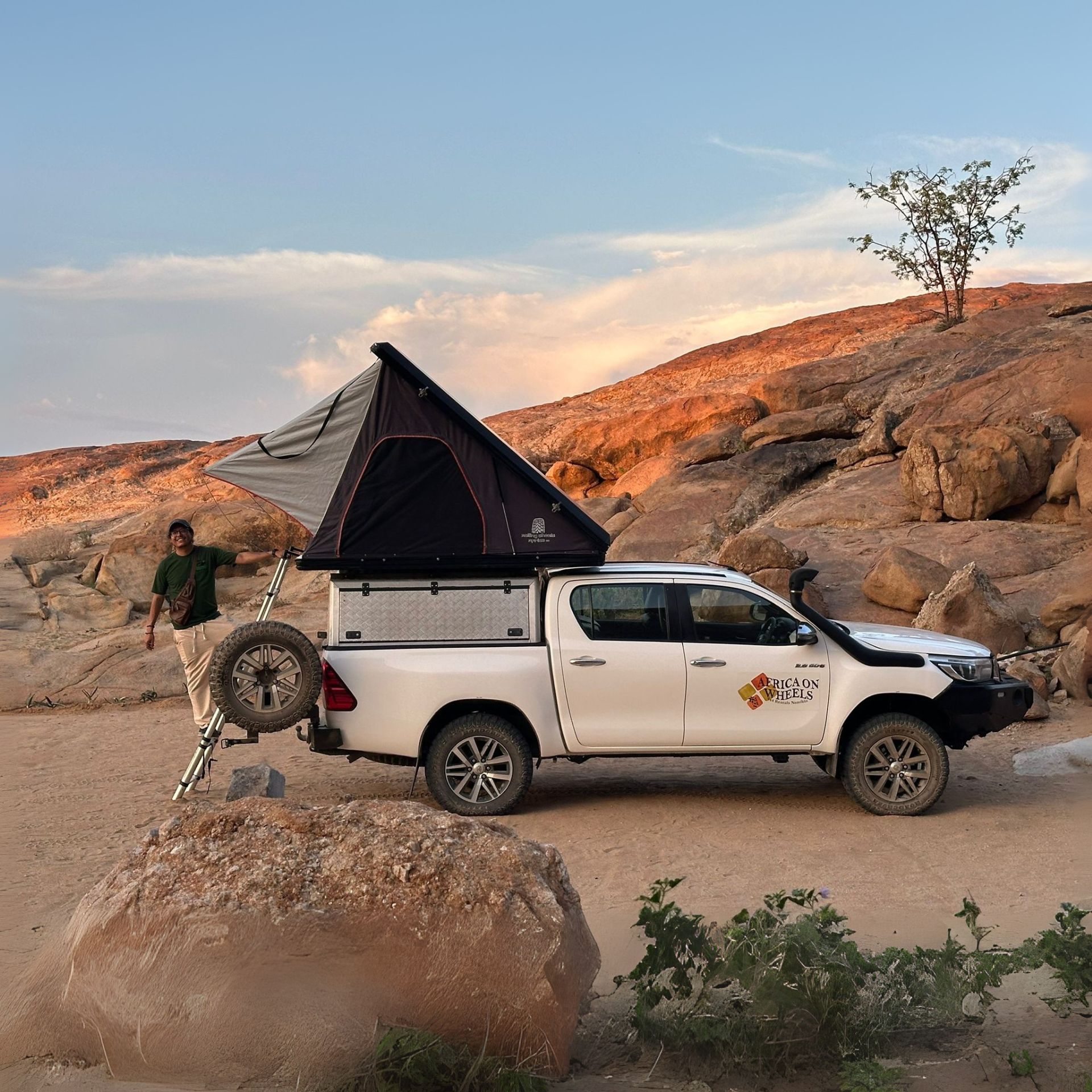Damaraland invites us to explore Namibia’s wildest and most soul-stirring landscapes.
Damaraland is one of those places that makes you feel like an explorer, not just a traveler. The landscapes are wild and wide open—rocky hills, dry riverbeds, and endless skies that change with every hour. There’s something mysterious about it all. You’ll spot elephant tracks in the sand, pass ancient rock carvings, and stumble upon views that stop you in your tracks. It’s not flashy or crowded—just quiet, raw, and full of small surprises that make you want to keep going, keep looking.
It was a journey into remote landscapes, untold stories, and ongoing conservation efforts.
Damaraland is not Etosha, the Masai Mara, or Kruger. You don’t come here to see herds of elephants and prides of lions roaming everywhere. Damaraland is empty, quiet, and unexplored—and yes, there’s something magnetic about that. With few roads and even fewer people, the connection to nature is uninterrupted and deeply personal. Don’t worry—you’ll still have a good chance of spotting rare creatures such as the black rhino or desert elephant.
That’s what makes Damaraland special: it feeds your curiosity and rewards you every step of the way.
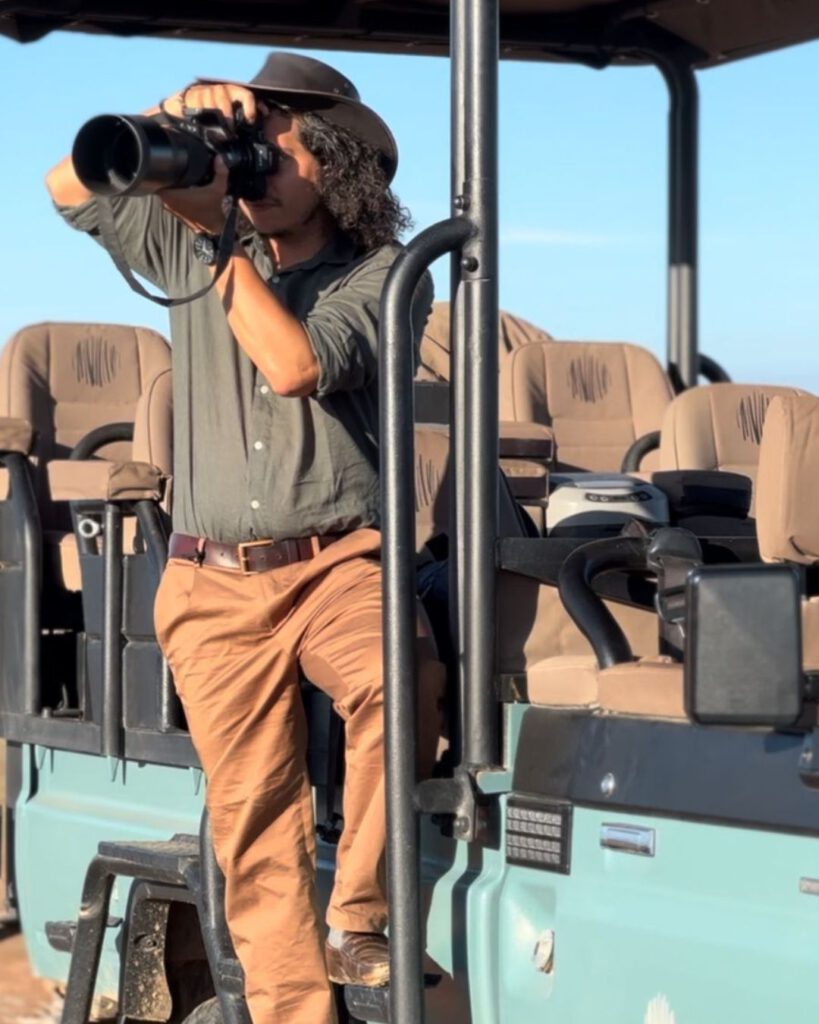
Where Did I Stay?
Wilderness operates three eco-luxury camps in the region. I split my stay across all of them, and each camp offered its own perspective on the land, wildlife, and local community.
Doro Nawas Camp
Perched on a rocky outcrop, Doro Nawas blends into its surroundings. The highlight? Sleeping under the stars on your private veranda—something I’ll never forget. At night, the desert becomes a celestial dome, and with no light pollution for miles, the Milky Way felt almost tangible.
Activities here include cultural visits to Twyfelfontein—home to some of the best-preserved San rock engravings in the world—and scenic drives searching for desert elephants in the dry riverbeds.
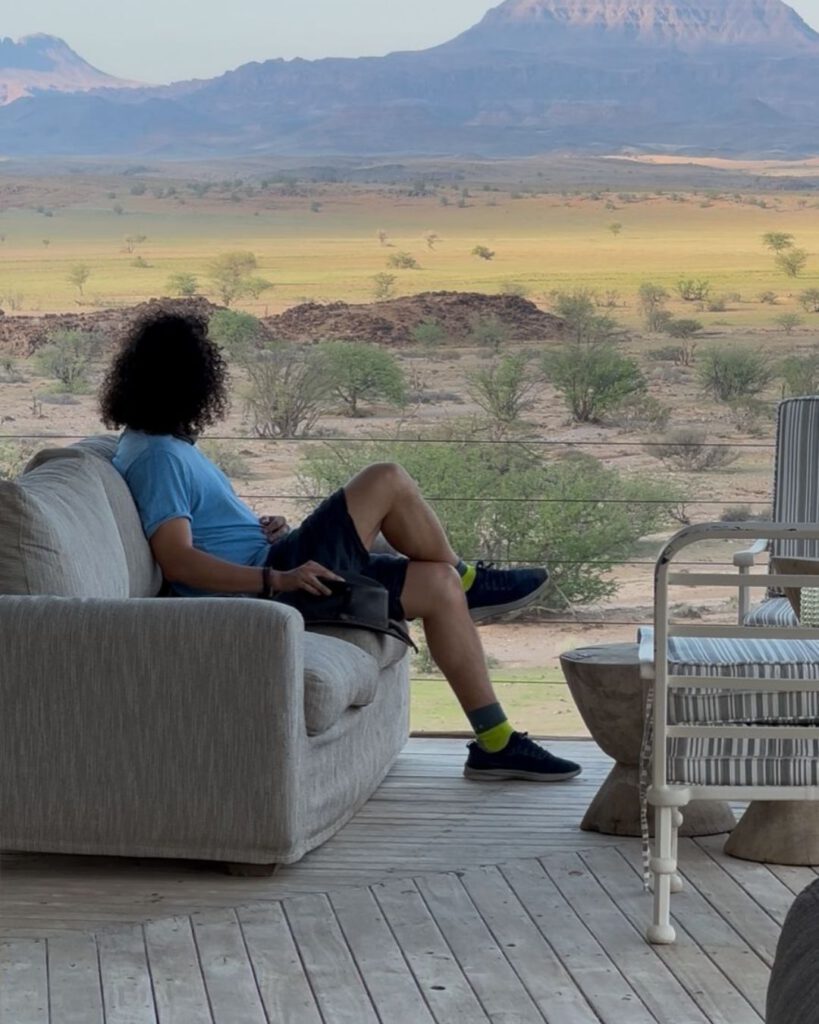
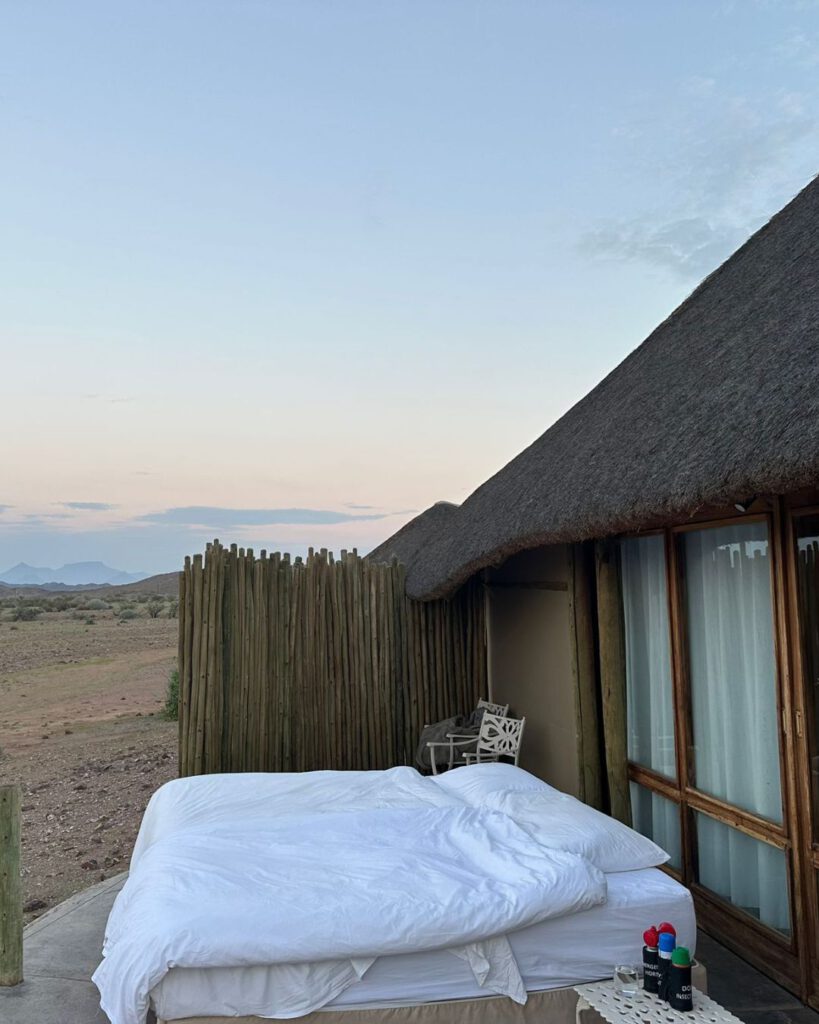
Damaraland Camp
Located deeper in the Torra Conservancy, Damaraland Camp is one of Wilderness’s earliest joint ventures with local communities. Here, the human-wildlife connection is front and center. The staff, mostly from nearby villages, shared stories and insights that brought the landscape to life.
One morning, we tracked desert elephants just minutes from camp. In the evenings, I’d share drinks with the team, talking about how climate change and livestock movements affect wildlife corridors.

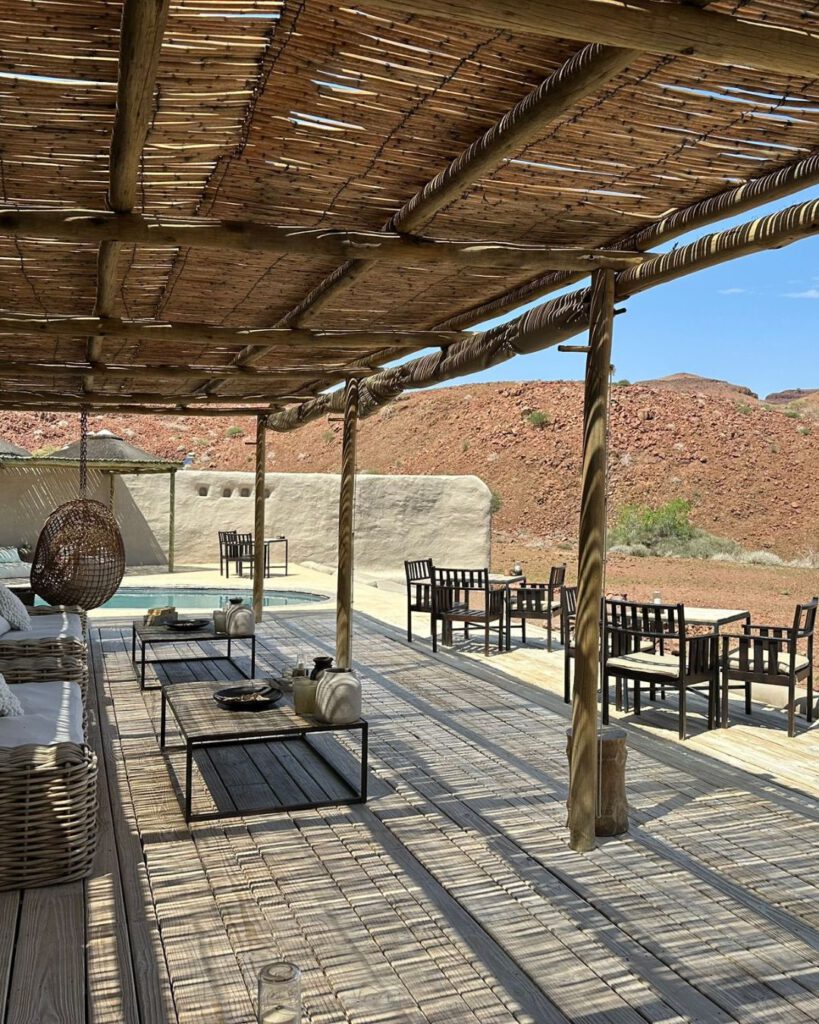
Desert Rhino Camp
This camp is truly unique. Operated in partnership with Save the Rhino Trust (SRT), Desert Rhino Camp is one of the few places in the world where you can track free-roaming black rhinos on foot. It’s a rare, humbling experience—one that redefines your understanding of both wildlife and your own place in nature.
Rhino tracking here is not just a tourist activity. It’s a critical part of data collection and conservation monitoring, and guests are invited to be part of the process.
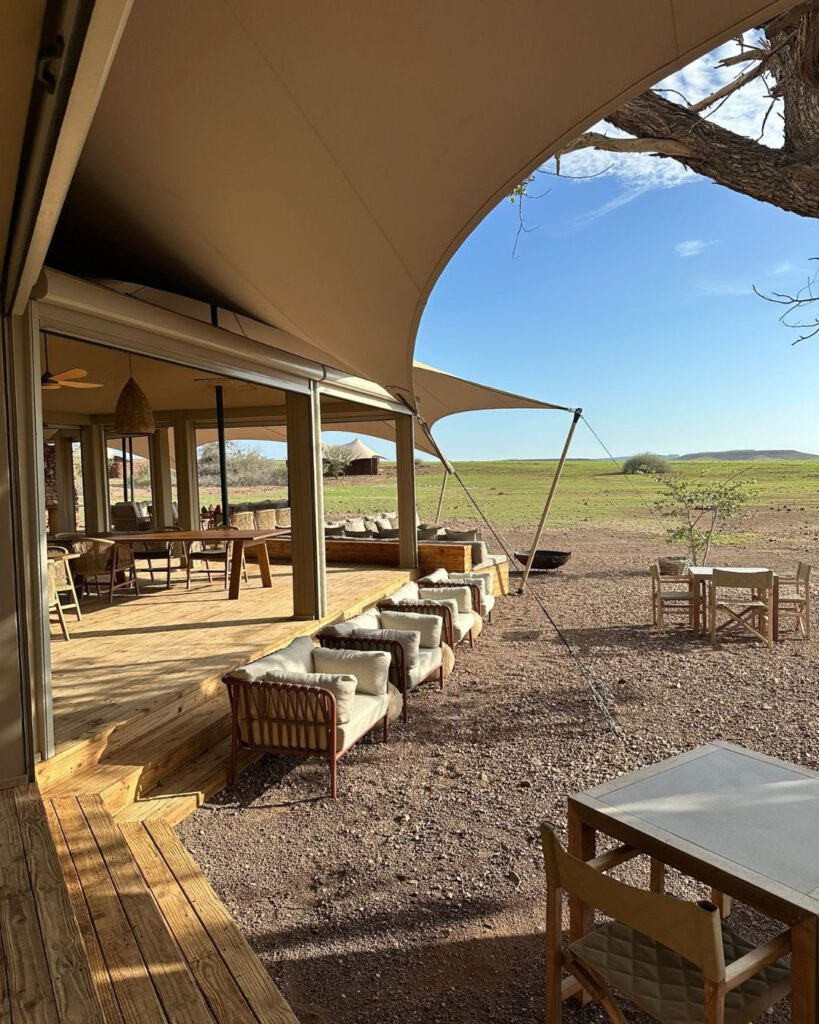
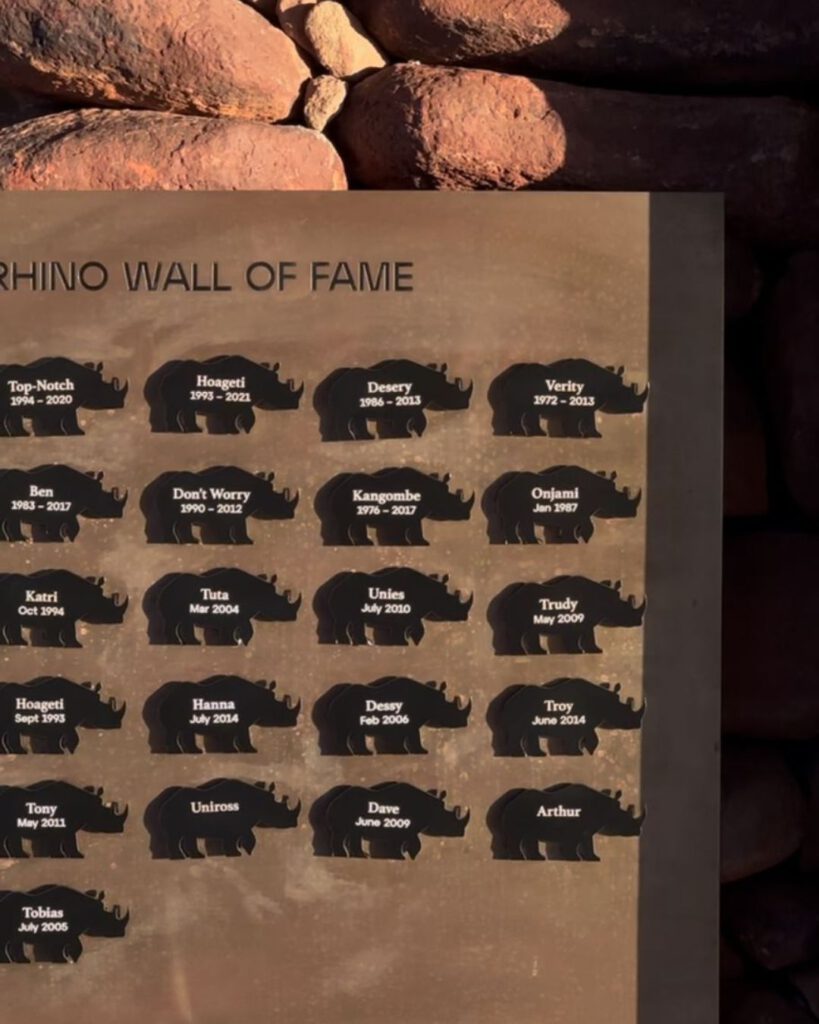
Best Activities in Damaraland
There’s no shortage of unforgettable things to do in Damaraland, especially when guided by experienced naturalists and conservationists. These were the most memorable experiences from my journey:
1. Track Black Rhinos on Foot
This was the crown jewel of my trip. With Wilderness and Save the Rhino Trust, we left early in the morning and set out in a 4×4. After about an hour, the SRT team picked up tracks. From there, we continued on foot—carefully and silently—across the vast rocky plains.
There’s an indescribable thrill in seeing a black rhino in the wild. It’s not just rare; it’s a privilege. Each rhino sighting is a testament to decades of conservation work and community partnerships.
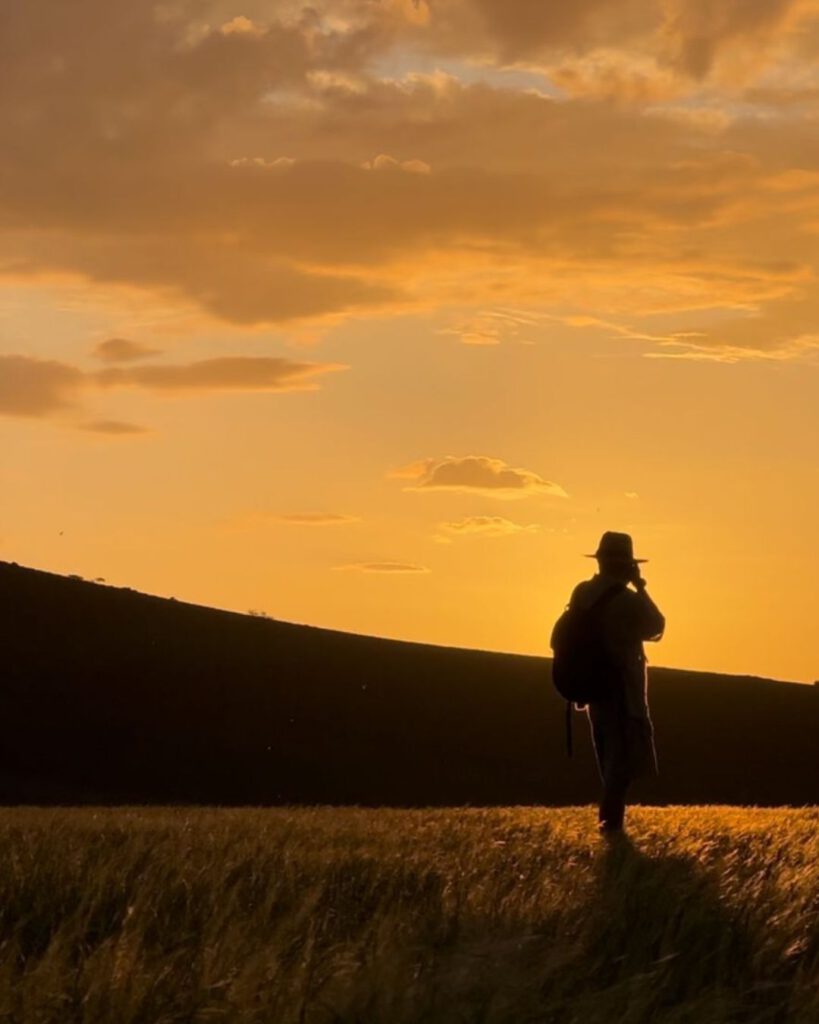
2. Search for Desert-Adapted Elephants
These elephants have evolved to survive in some of the harshest conditions on earth. Unlike their counterparts in wetter regions, desert elephants have smaller bodies, longer legs, and broader feet to navigate sand and rocky terrain.
In the dry riverbeds near Doro Nawas and Damaraland Camp, we encountered several herds. Watching them traverse the arid landscape—sometimes walking over 70 km for water—was both inspiring and heartbreaking, especially as we discussed how droughts affect their migration routes.
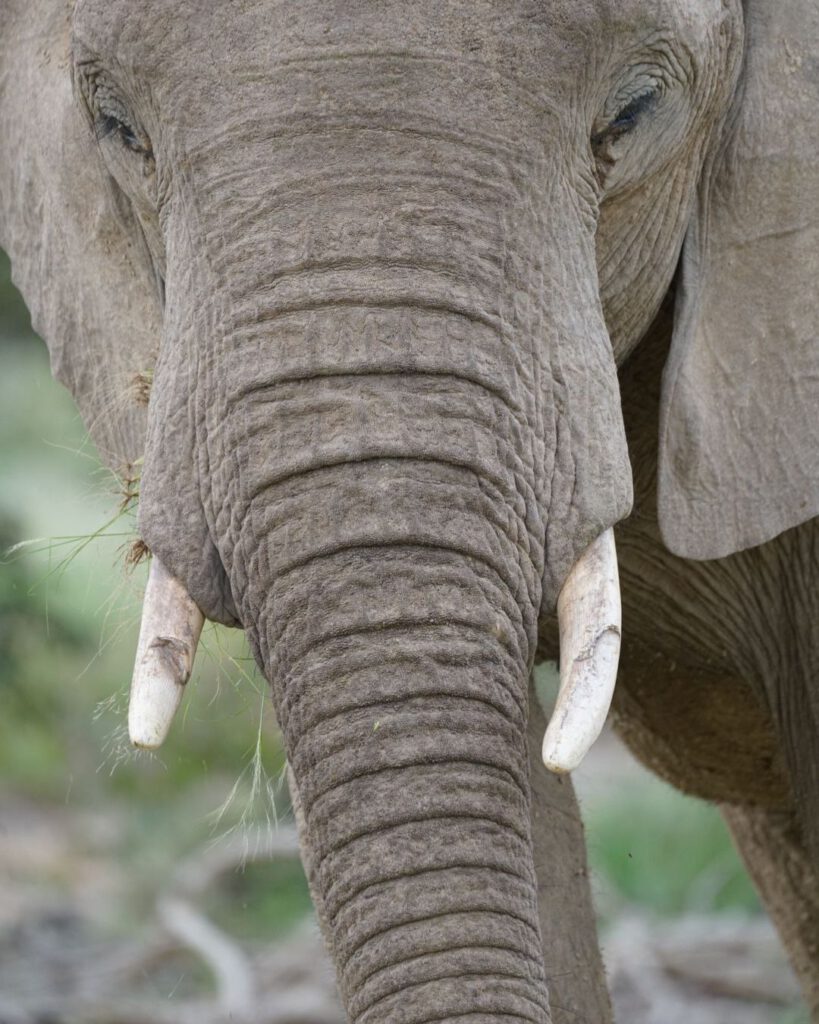
3. Visit Twyfelfontein Rock Engravings
A UNESCO World Heritage Site, Twyfelfontein is home to more than 2,000 rock engravings created by the San people thousands of years ago. With a local guide, I explored the sandstone slabs—each one telling a story of hunting, rituals, and the deep bond between humans and animals.
This site isn’t just a historical attraction; it’s a reminder that humans have coexisted with wildlife in this region for millennia.
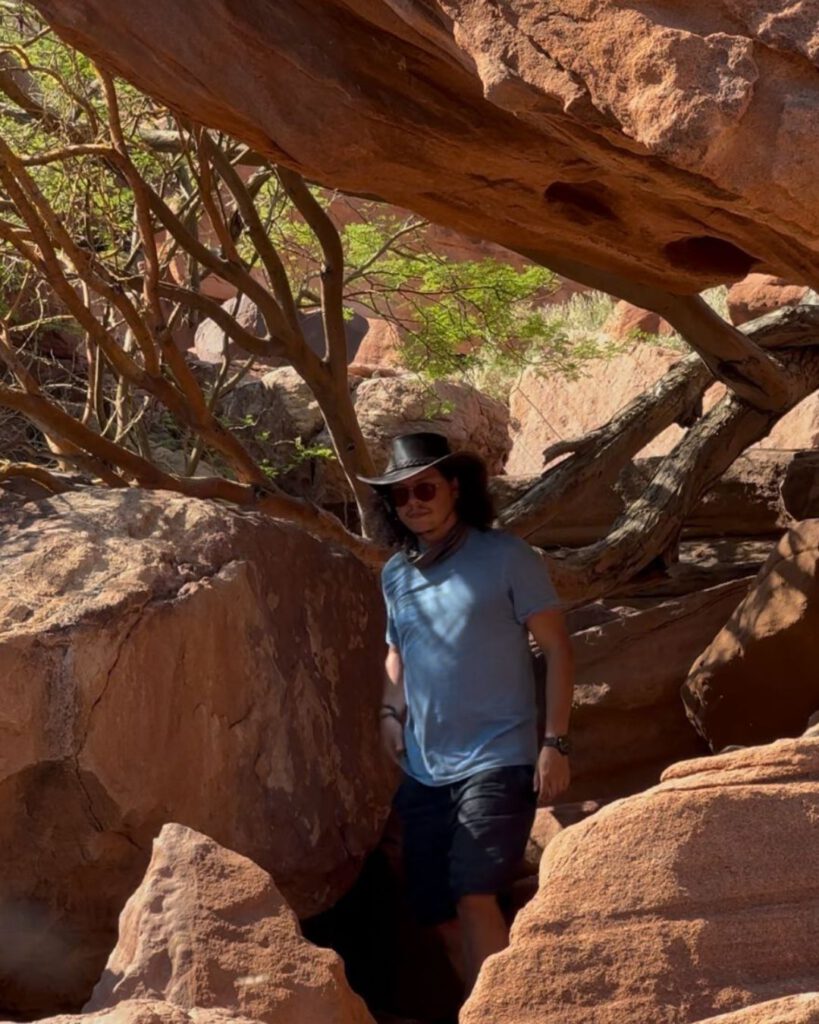
4. Learn About the Damara People at the Damaraland Living Museum
The Damaraland Living Museum offers an immersive glimpse into one of Namibia’s oldest cultures. Run entirely by the local Damara community, this open-air museum isn’t just a performance—it’s a living celebration of cultural heritage.
During our visit, we learned how to make fire using traditional methods, watched blacksmiths craft tools from scrap metal, and heard stories that shaped Damara identity for centuries. The highlight was the traditional singing and dancing—a joyful, communal experience that made us feel less like tourists and more like welcomed guests.
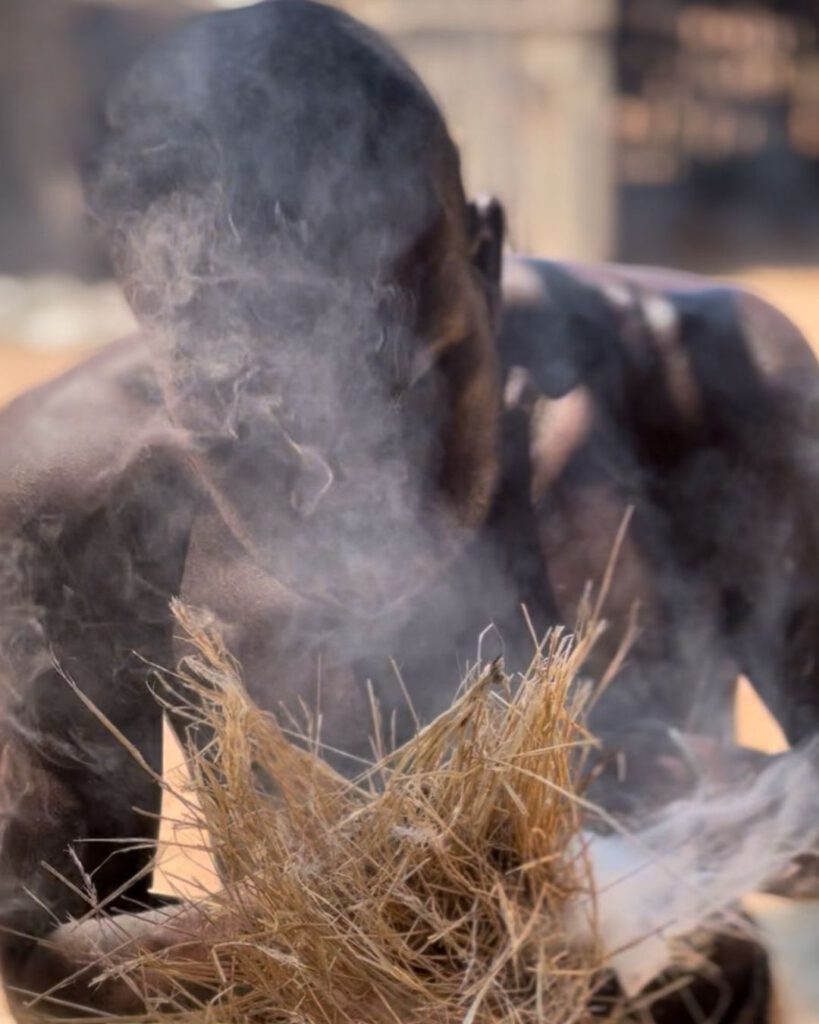
5. Nature Walks and Stargazing
At all three camps, guided walks introduced me to the subtle beauty of the desert—geological formations, unique plants, and surprisingly diverse insects and reptiles.
And then there’s the night sky. I spent hours stargazing from a rooftop bed, surrounded by silence, with galaxies overhead.
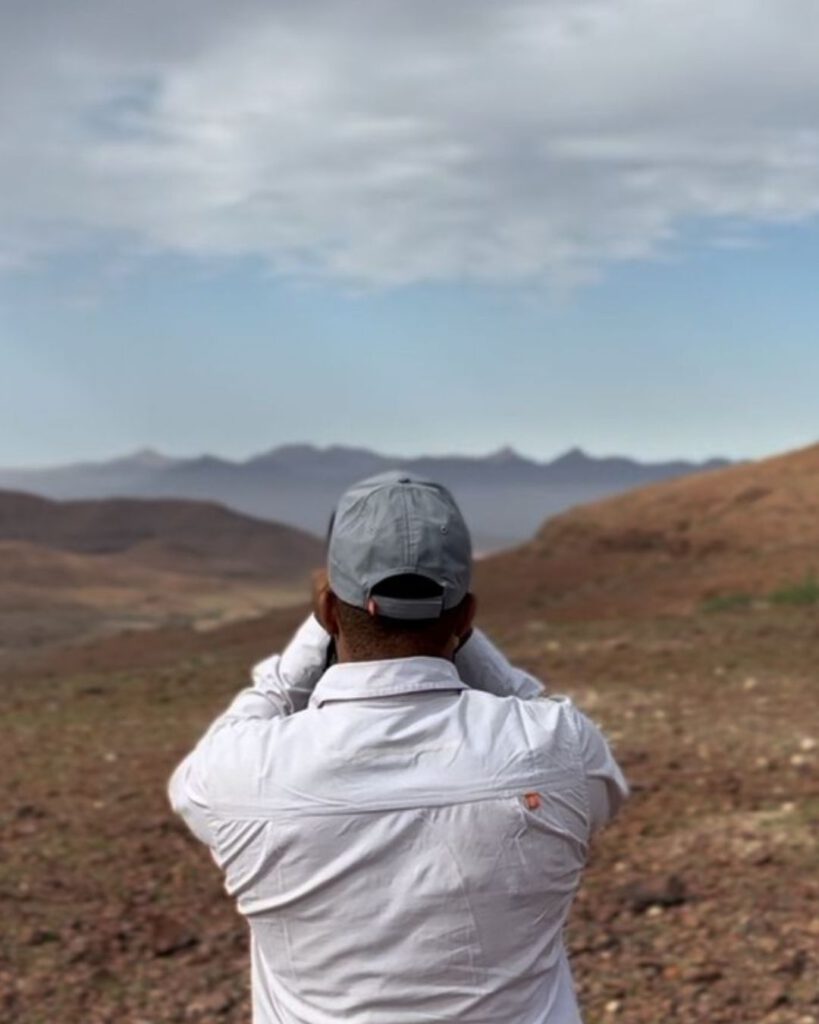
How to Get Around Damaraland
Damaraland is remote—and that’s part of its magic. But it also makes logistics more complex.
Fly-In Safaris
The easiest and most scenic (but also more expensive) way to travel between the camps is by light aircraft. Wilderness offers private charters connecting Windhoek or Swakopmund to the camps. These flights offer breathtaking aerial views of Namibia’s landscapes: red sand dunes, white salt pans, and black mountain ridges.
4×4 Self-Drives
Namibia is a fantastic road trip destination, and reaching even the most remote parts of Damaraland is possible by 4×4. I rented a vehicle through Africa on Wheels and explored parts of Namibia before heading to Damaraland. The drives are long, but the journey—through wide valleys and ancient riverbeds—is unforgettable.
My self-drive route from Windhoek:
- Windhoek (hotel accommodation)
- Swakopmund (hotel accommodation)
- Skeleton Coast National Park (camping area)
- Damaraland (visiting all three Wilderness camps)
- Spitzkoppe (camping area)
- Okapuka Ranch (my favorite private ranch in Namibia)
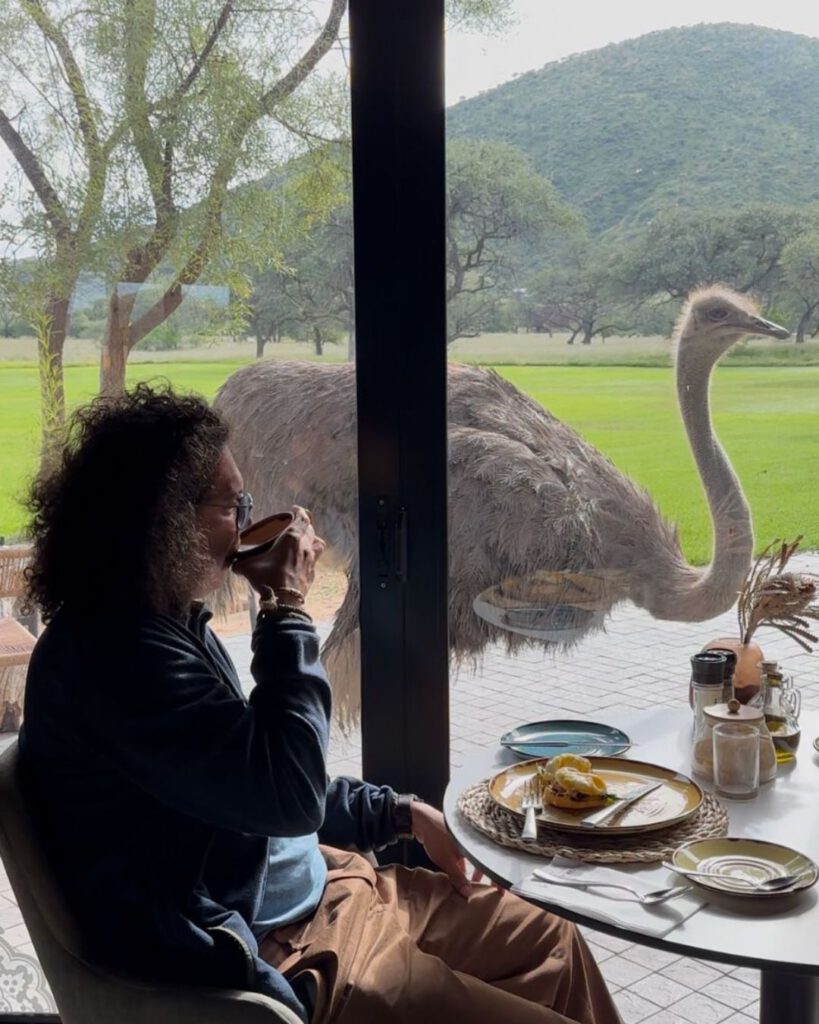
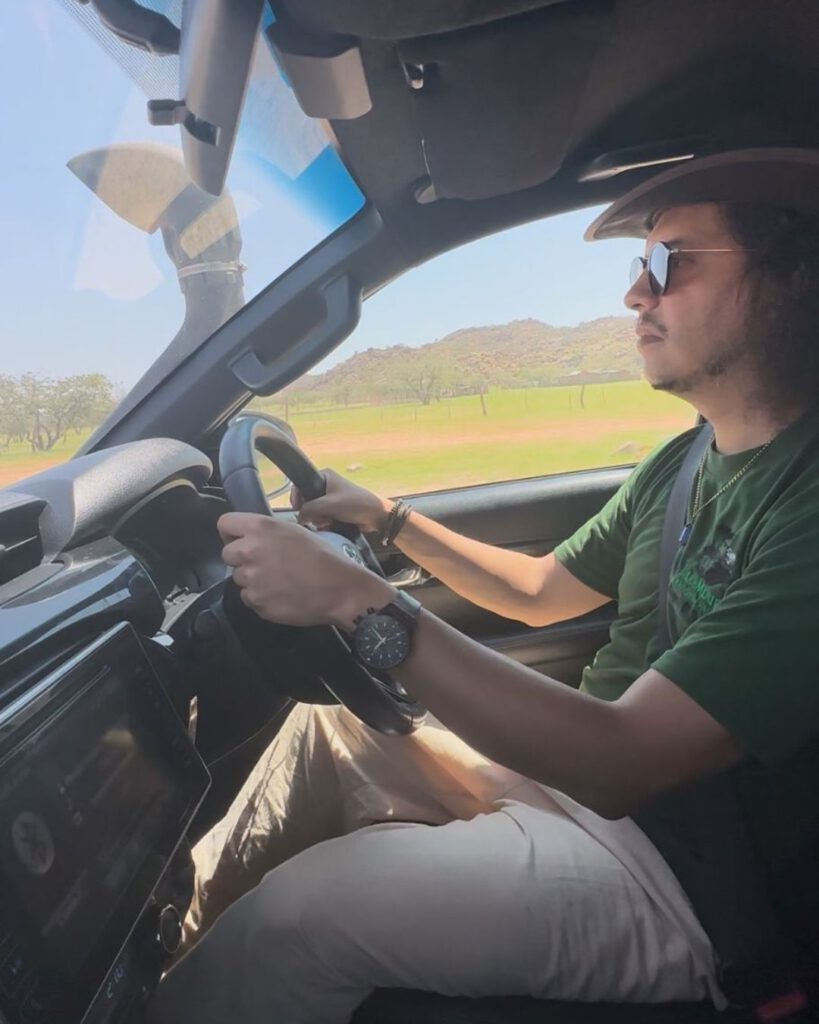
Best Time to Visit Damaraland
Damaraland is a year-round destination, but your experience will vary depending on the season.
May to October is considered the best time to visit. It’s the dry season, with sunny, warm days and cool desert nights. Wildlife viewing is at its peak, especially for desert elephants and black rhinos, which gather near remaining water sources and are easier to track.
If you’re passionate about photography, June to August offers crisp lighting and strong visual contrasts between red rocks and golden grasses.
November to April is the green season. Scattered rains bring bursts of greenery and dramatic thunderstorms. Wildlife becomes more dispersed and harder to spot, but the landscapes transform and the crowds thin out. Some remote roads may become less accessible due to rain.
Still, this is when I traveled—and I wouldn’t change a thing.
